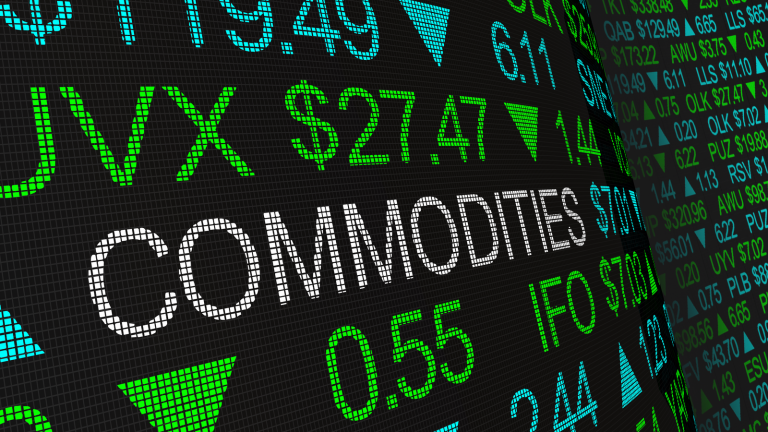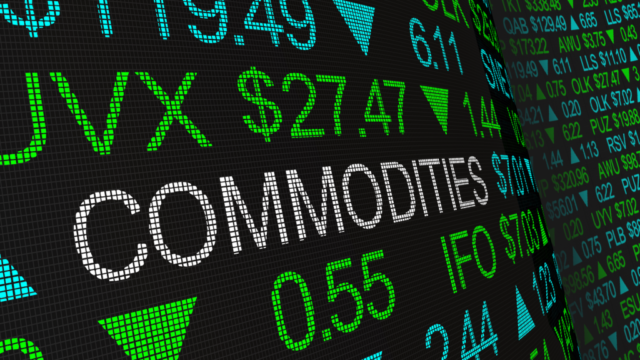
Source: iQoncept / Shutterstock.com
Commodities have had a volatile start in 2024. The situation in the Red Sea is a reminder that geopolitical risks reverberate through global supply chains and can pop up at any time. But against that, those risks can be transitory, making it hard to have too much comfort in any one trend.
Materials prices are often seen as a barometer of economic health, particularly within the manufacturing industry. At the beginning of the year, there was an observable decline in these prices, signaling potential issues in the sector. Several factors explain why:
- Reduced Demand: A slowdown in global economic growth has led to decreased demand for manufactured goods. This has reduced the need for raw materials.
- Inventory Adjustments: Manufacturers may be adjusting their inventories in anticipation of further economic slowdowns, thus ordering fewer materials.
- Technological Shifts: As industries adopt new technologies and methods, the demand for specific commodities can decrease, impacting their prices.
All that seems bearish, and given how poorly the materials sector has performed in January, these factors are clearly overwhelming momentum.
How Geopolitics Could Raise Oil, Commodity Prices
But again, geopolitical dynamics can alter things dramatically. The Red Sea is a critical global shipping lane, connecting the Mediterranean Sea to the Indian Ocean via the Suez Canal. Any tension in this region can have immediate effects on global trade. Geopolitical tensions traditionally affect crude oil prices due to the importance of stable Middle Eastern supplies to global markets.
However, these tensions also have broader implications. I wrote recently that oil prices have not yet moved higher. If the market does become more worried about the Red Sea, then oil and other commodity prices are likely to move higher. What’s the transmission mechanism? It’s very clear:
- Increased Shipping Costs: The need to reroute ships away from troubled areas can lead to longer journeys and higher fuel costs, among other expenses.
- Supply Chain Disruptions: Political instability can lead to delays, increased risk of cargo theft or damage, and other issues that disrupt the supply chain.
- Insurance Premiums: The cost of insuring shipments through risky areas can rise, adding another layer of expense for shippers and, ultimately, consumers.
Manufacturers are caught between declining demand and rising costs. They must find a balance between reducing production to match demand and maintaining enough output to benefit from economies of scale.
The Bottom Line
Further complicating things is the potential for China to surprise the world with a stimulus package. If you combine the potential for a reaccelerating China with investors suddenly worrying about the Red Sea situation, you get big upside surprise in material stocks.
Bottom line? The commodities market has indeed had a difficult start to the year, facing a confluence of declining materials prices, manufacturing sector struggles, and geopolitical uncertainties.
The events in the Red Sea highlight the delicate balance of global trade and the far-reaching impact of regional tensions. But don’t sleep on the materials sector. There are some big positive catalysts that could cause outperformance soon.
On the date of publication, Michael Gayed did not hold (either directly or indirectly) any positions in the securities mentioned in this article. The opinions expressed in this article are those of the writer, subject to the InvestorPlace.com Publishing Guidelines.




